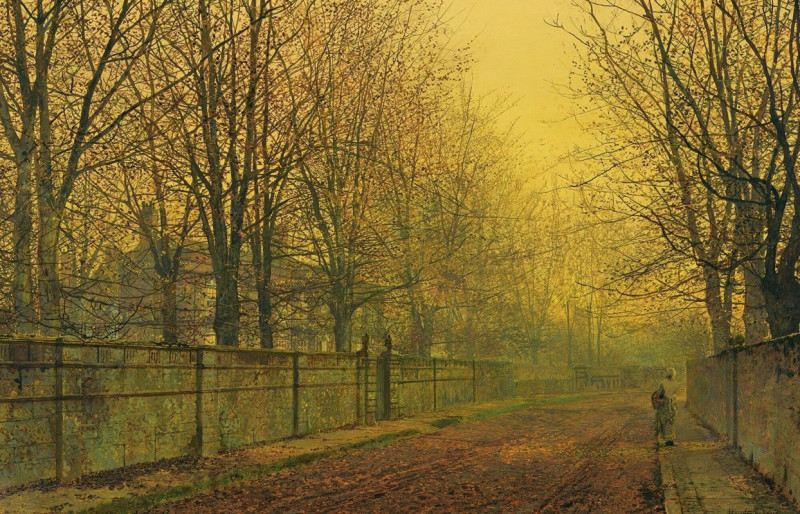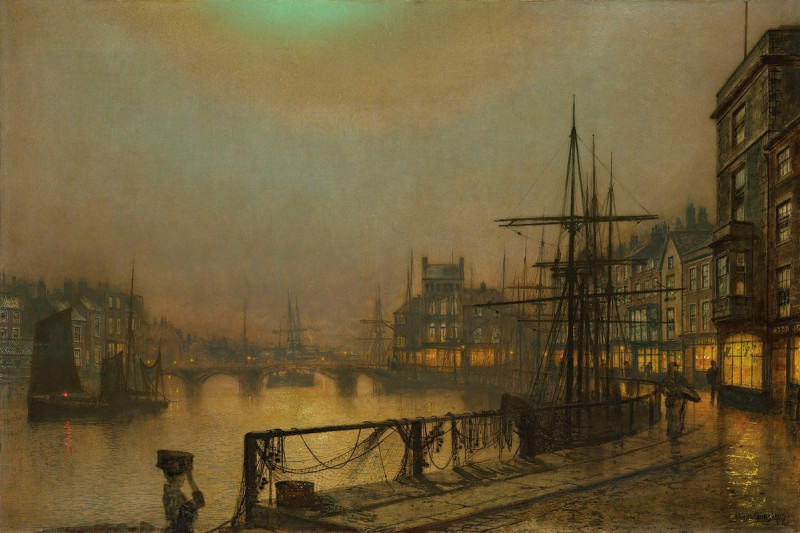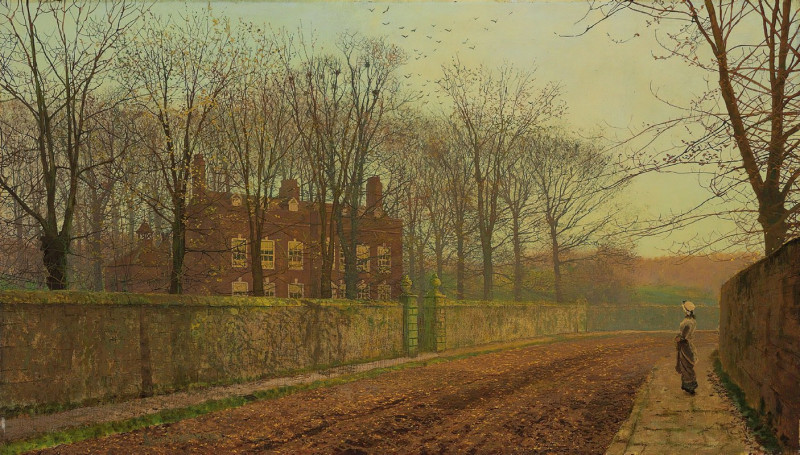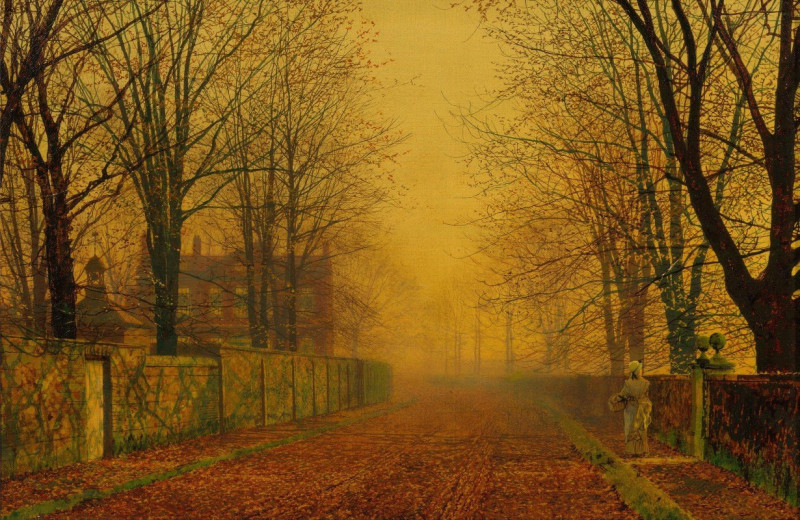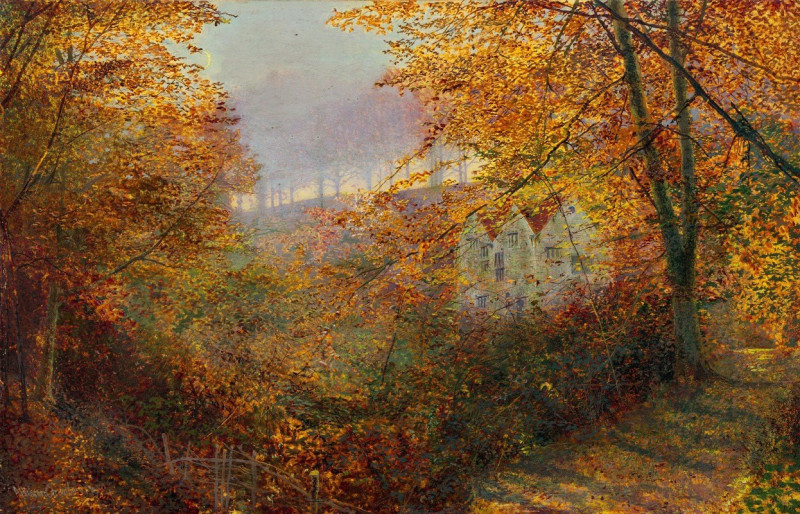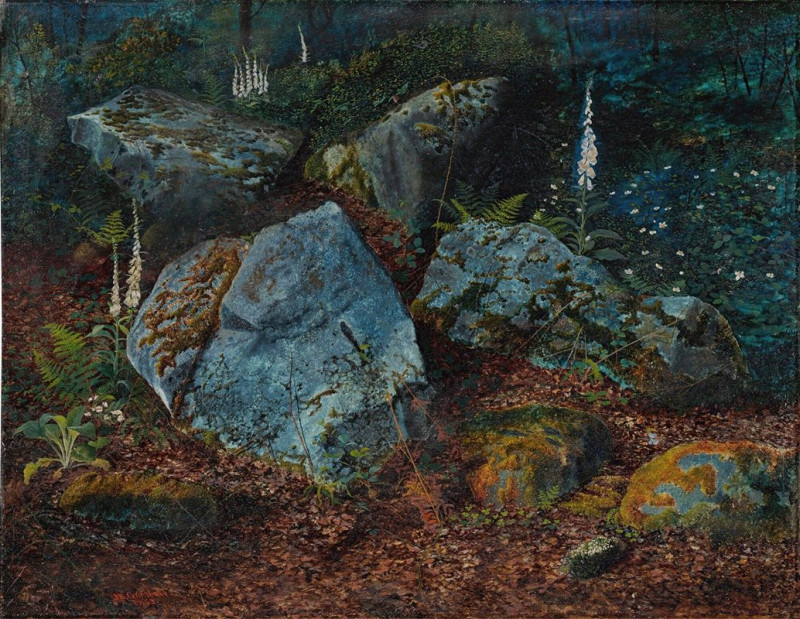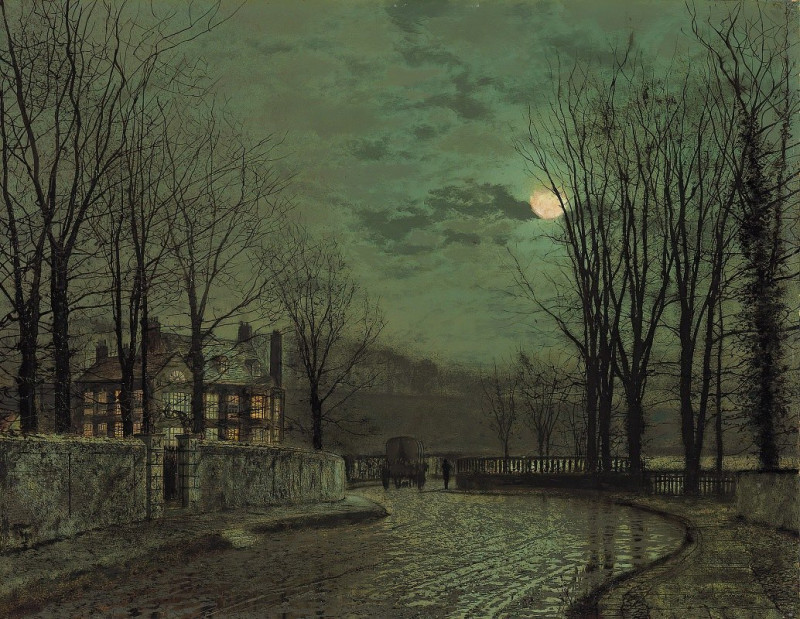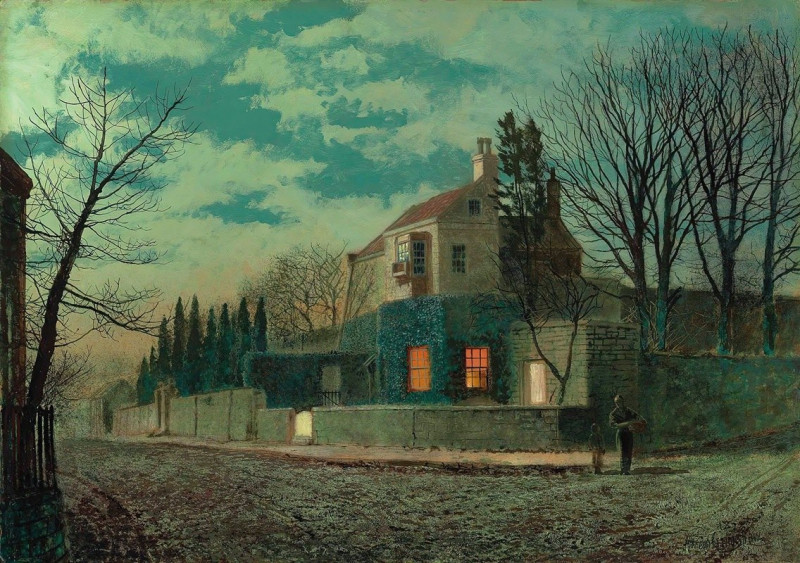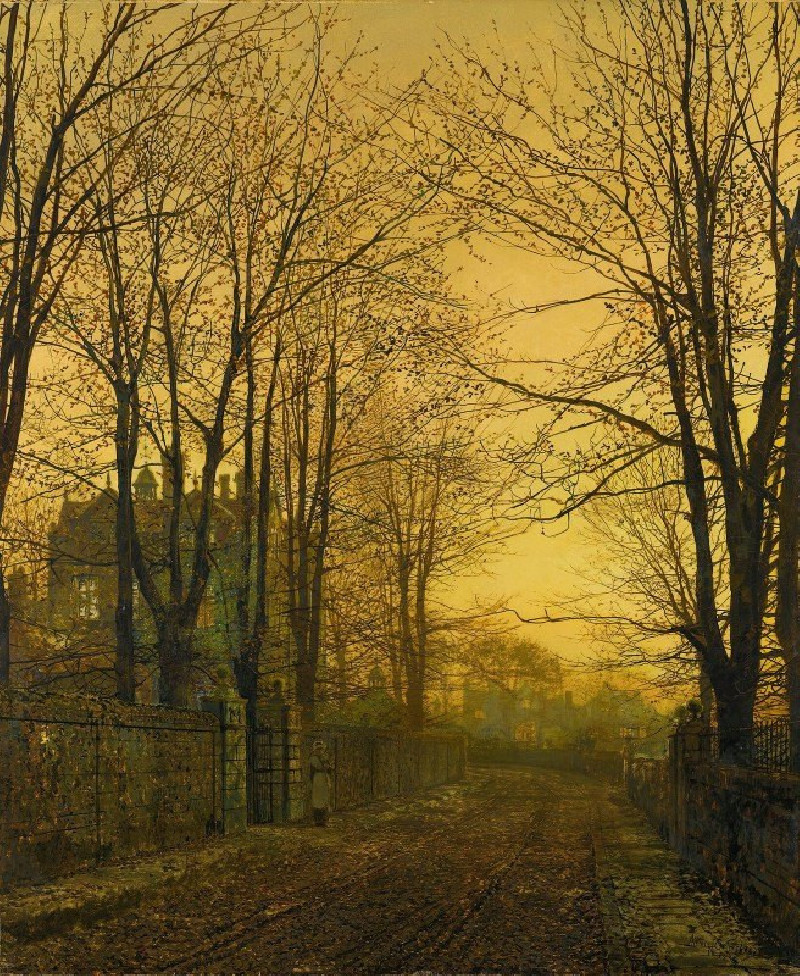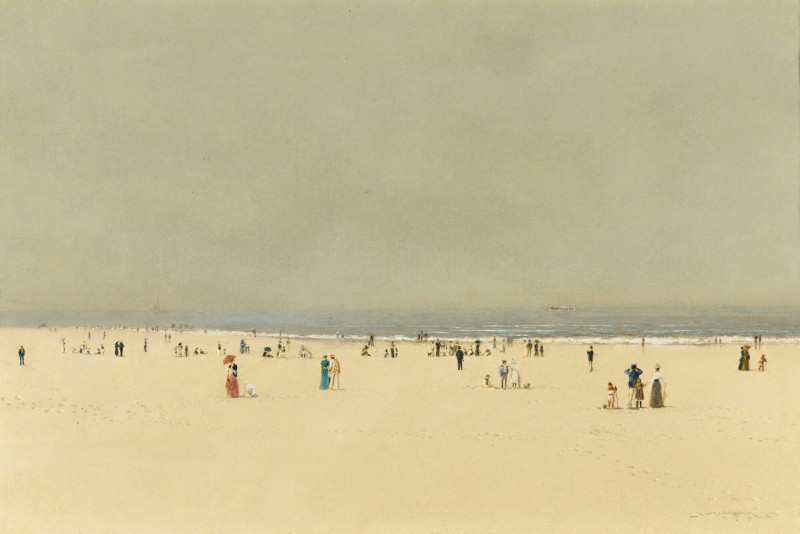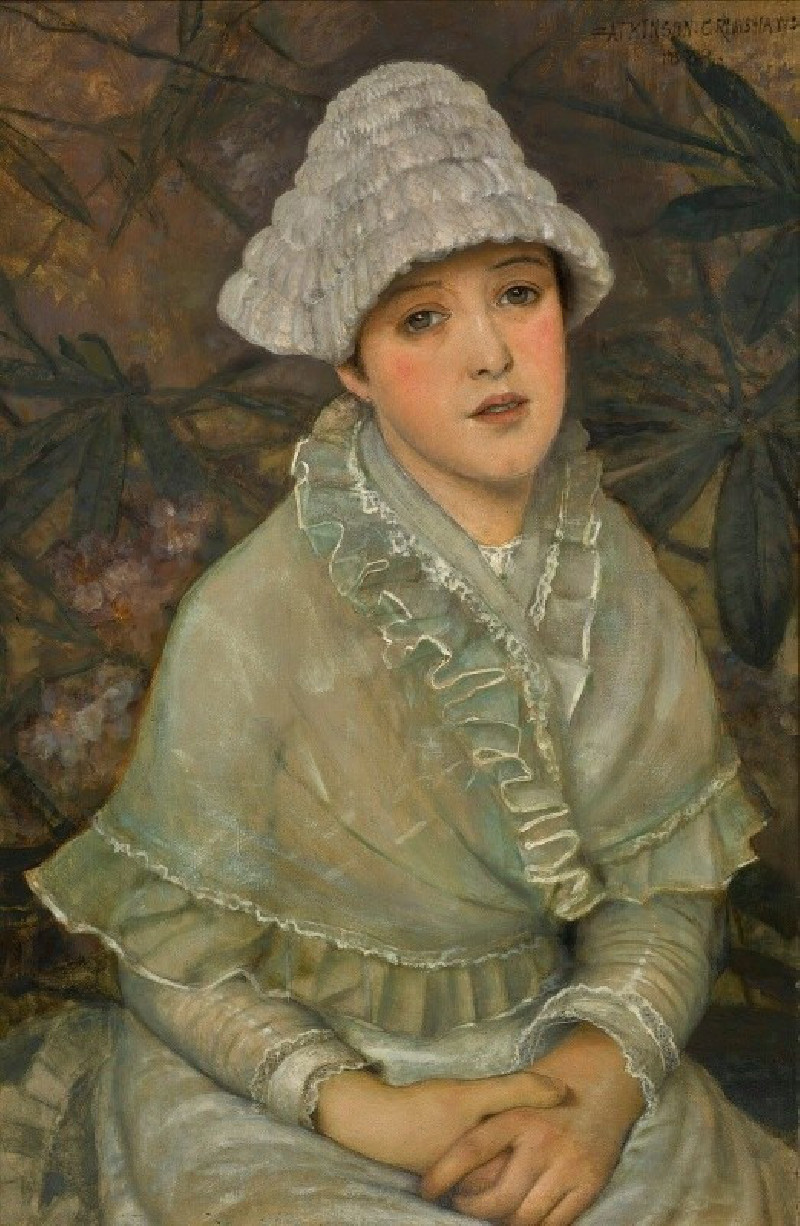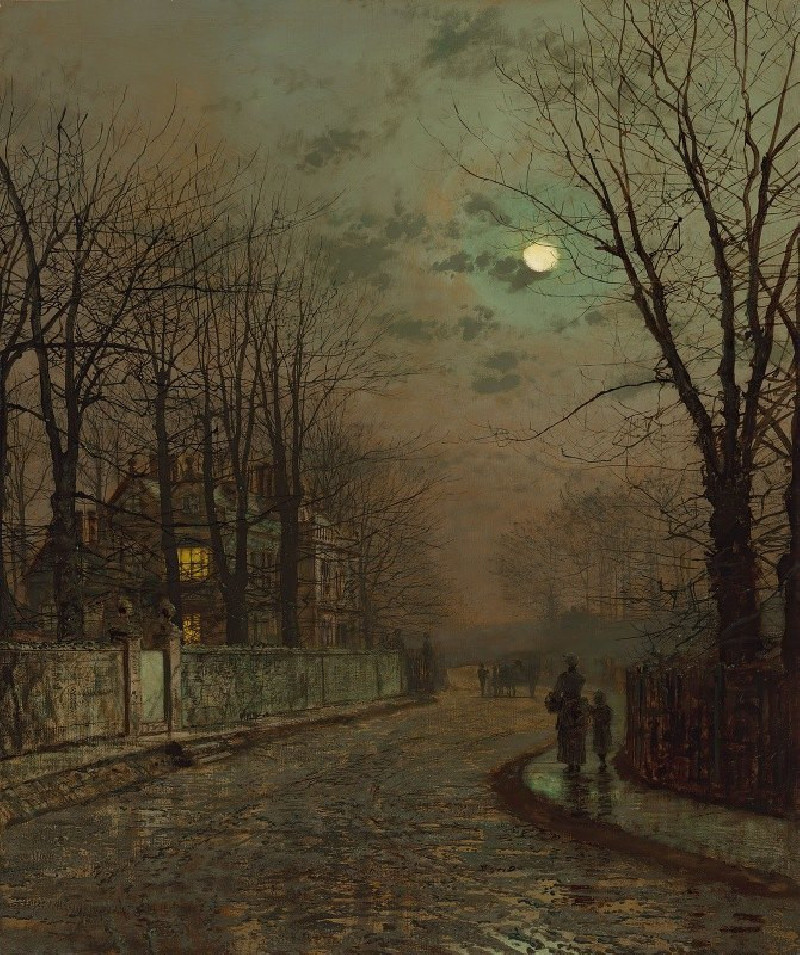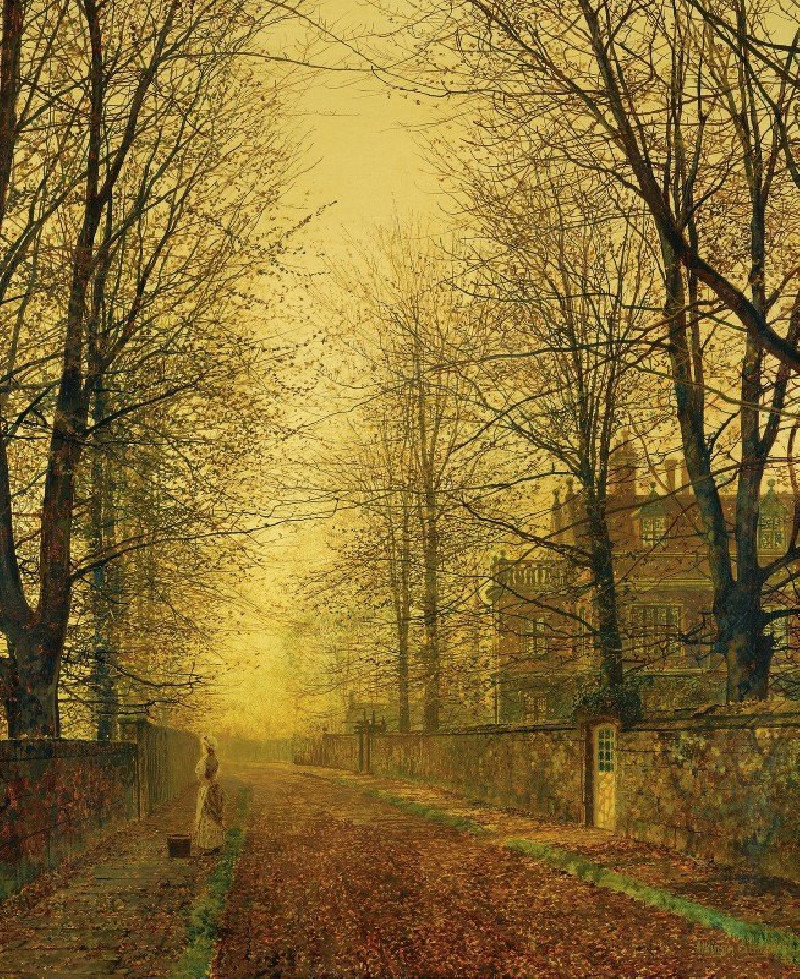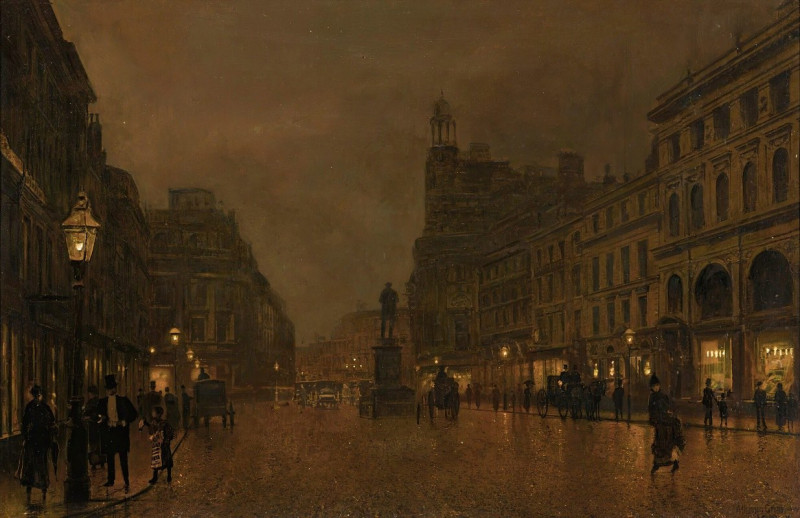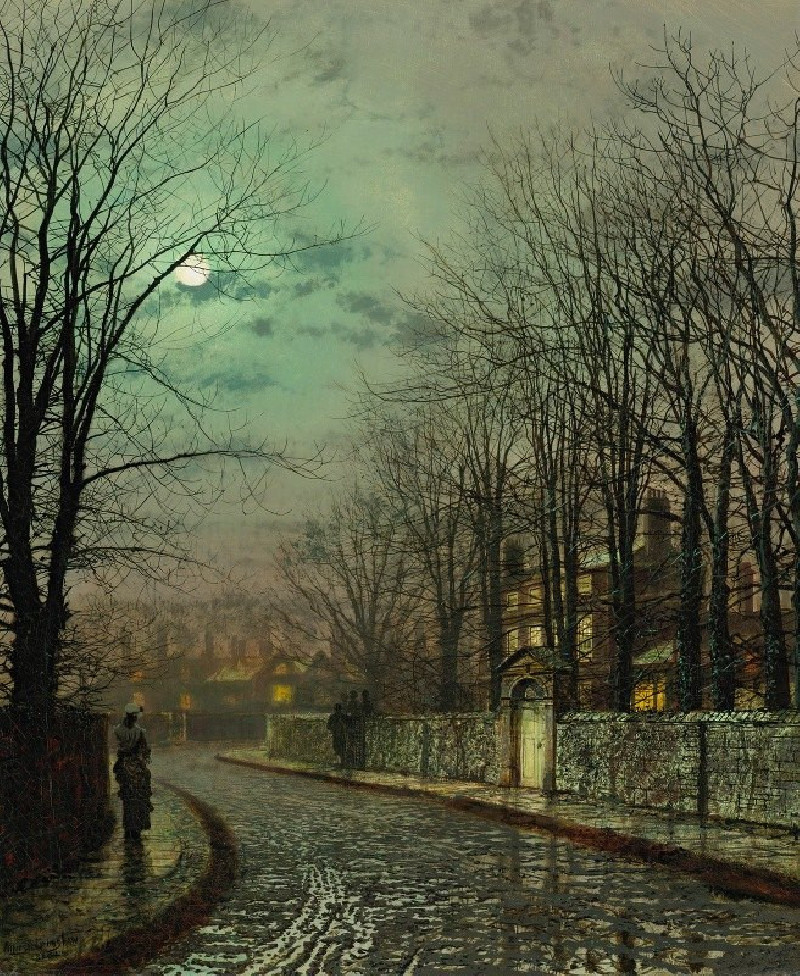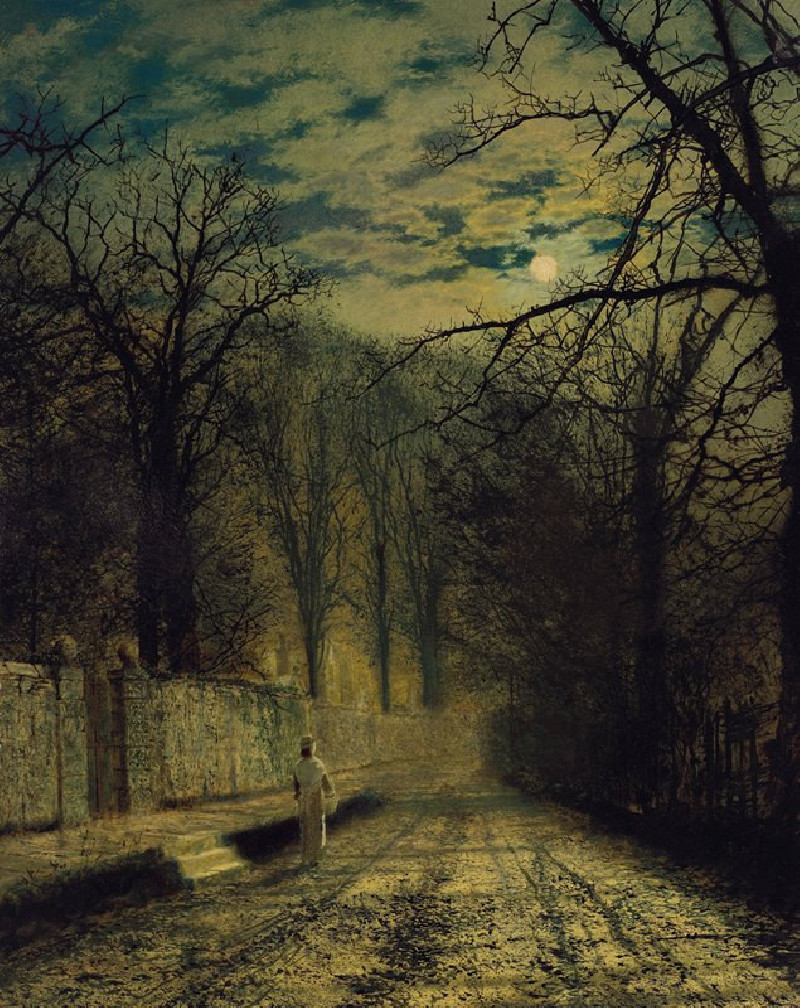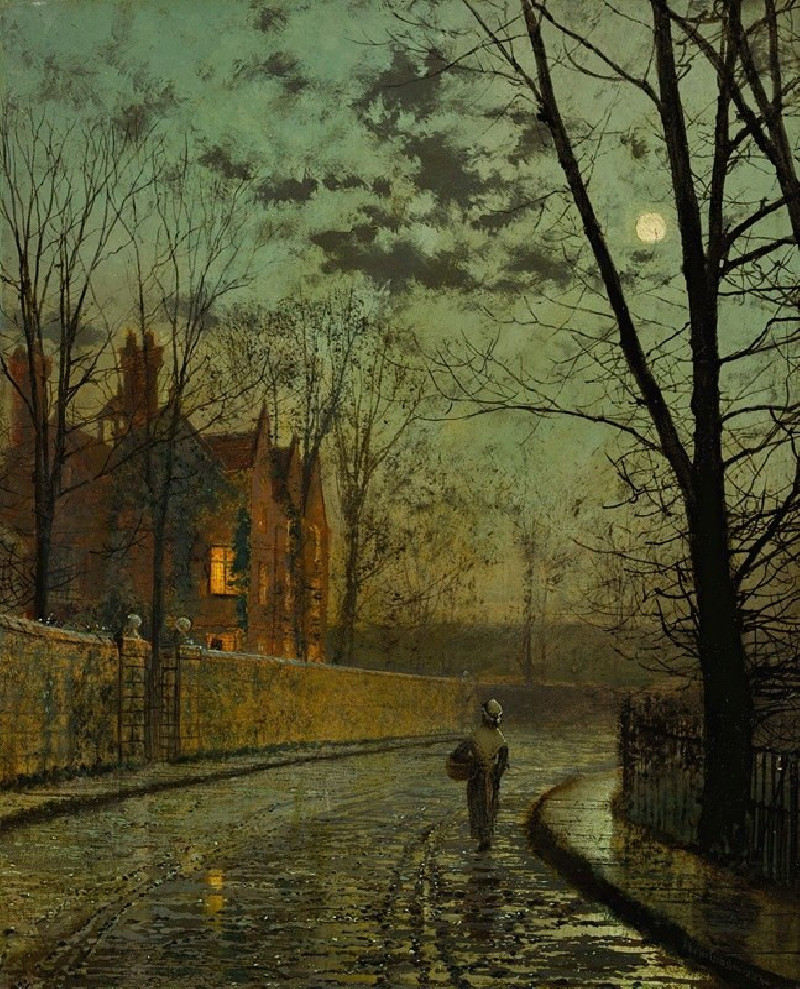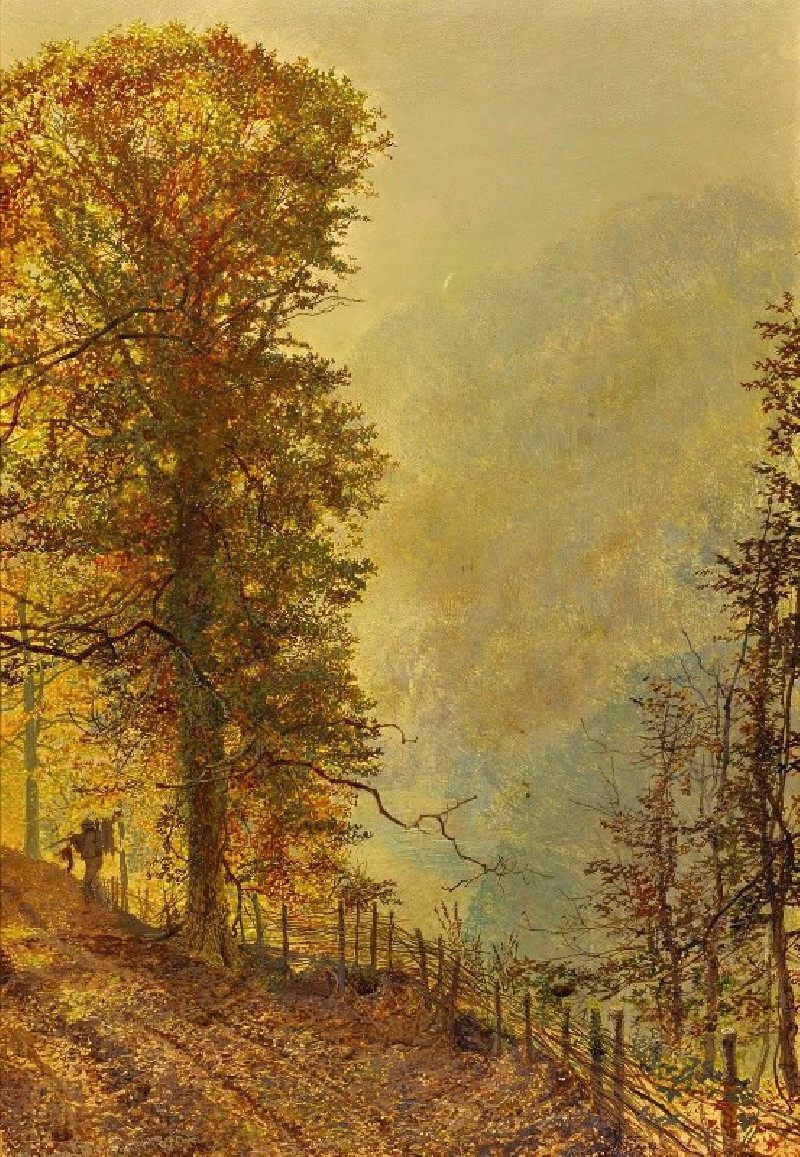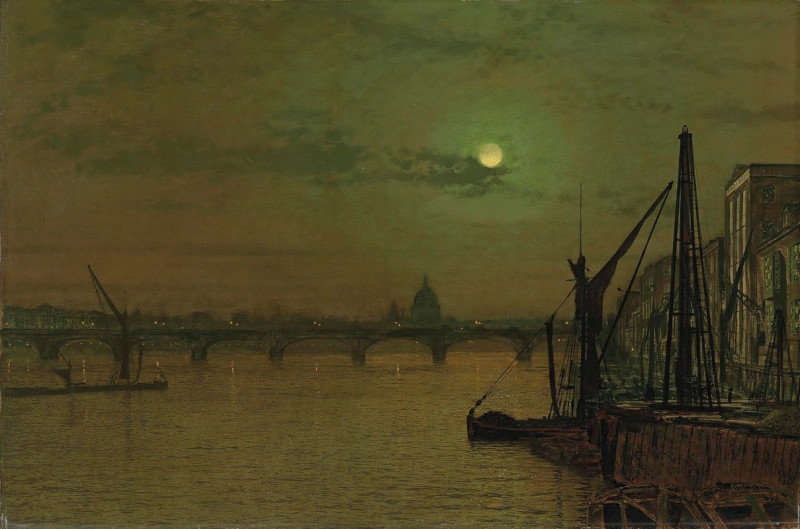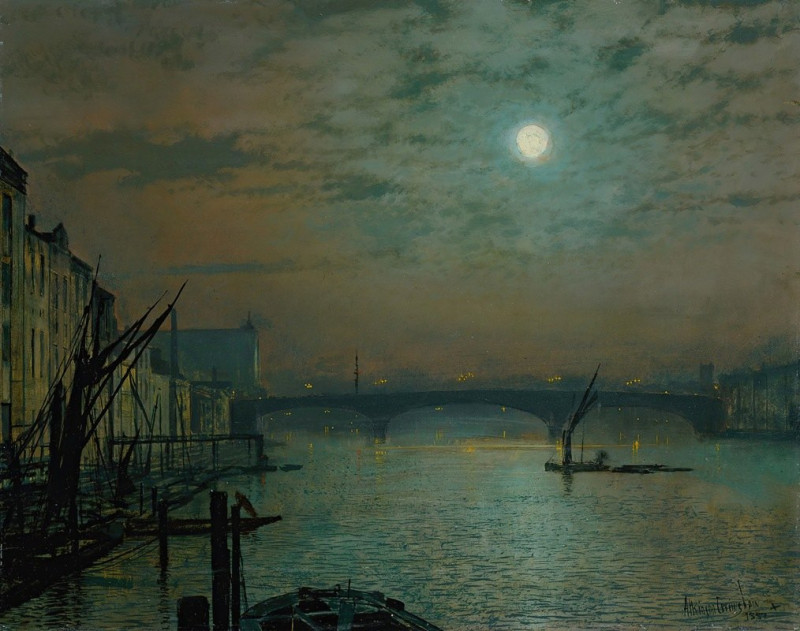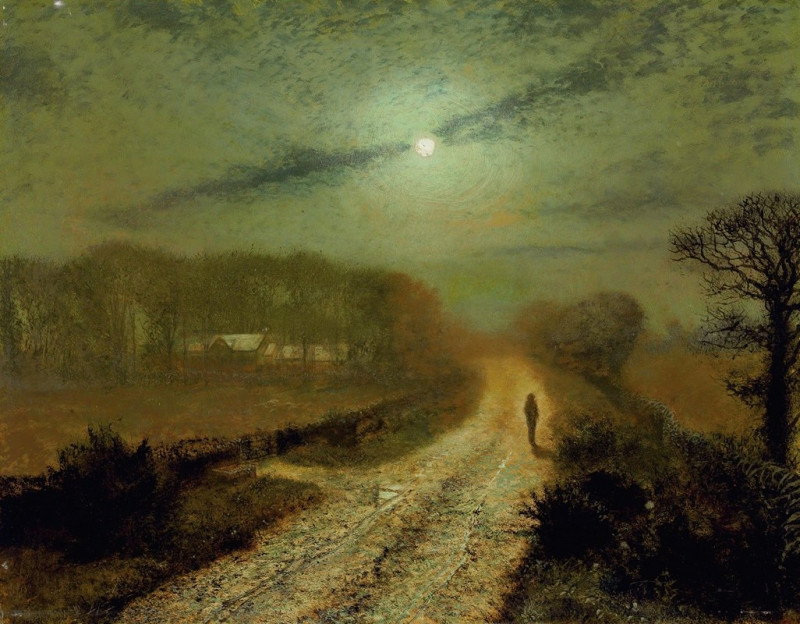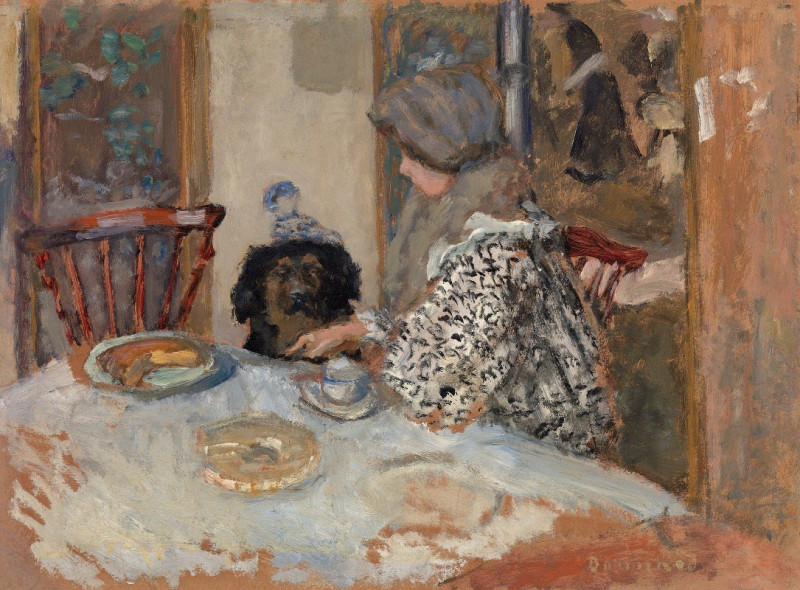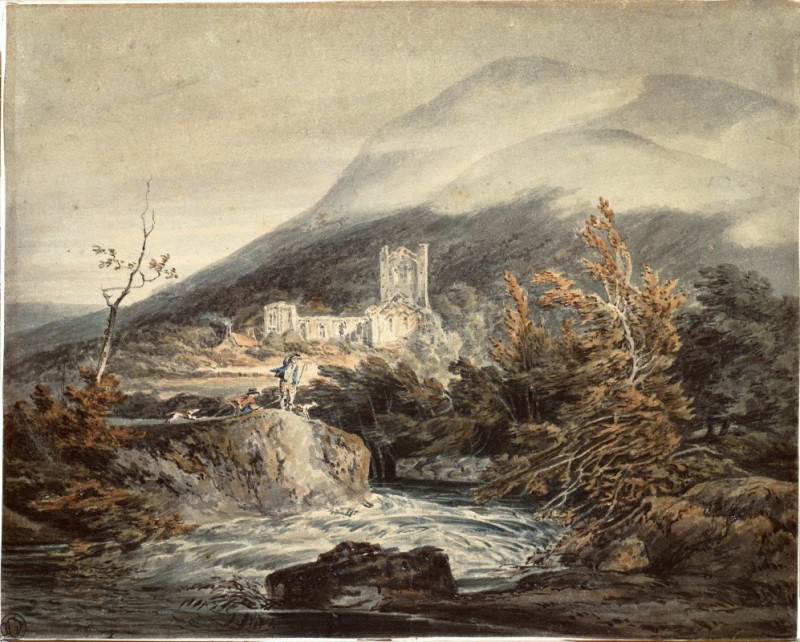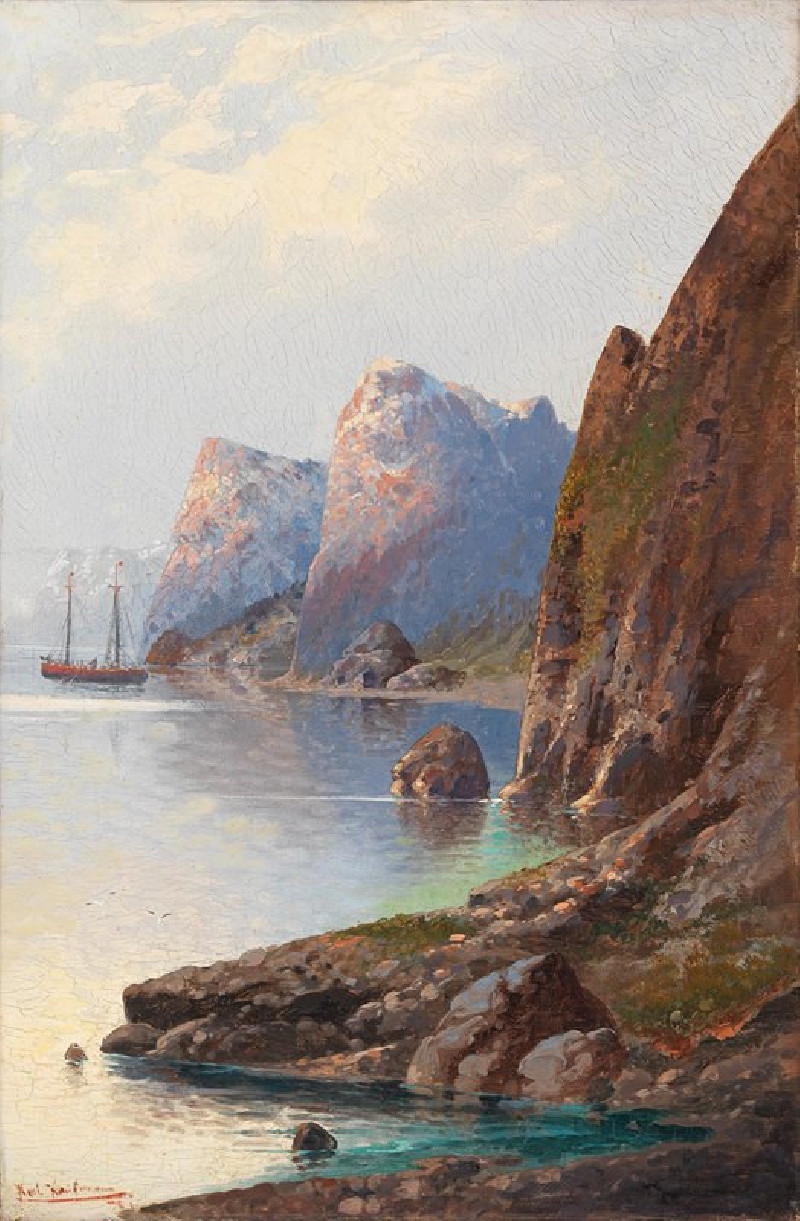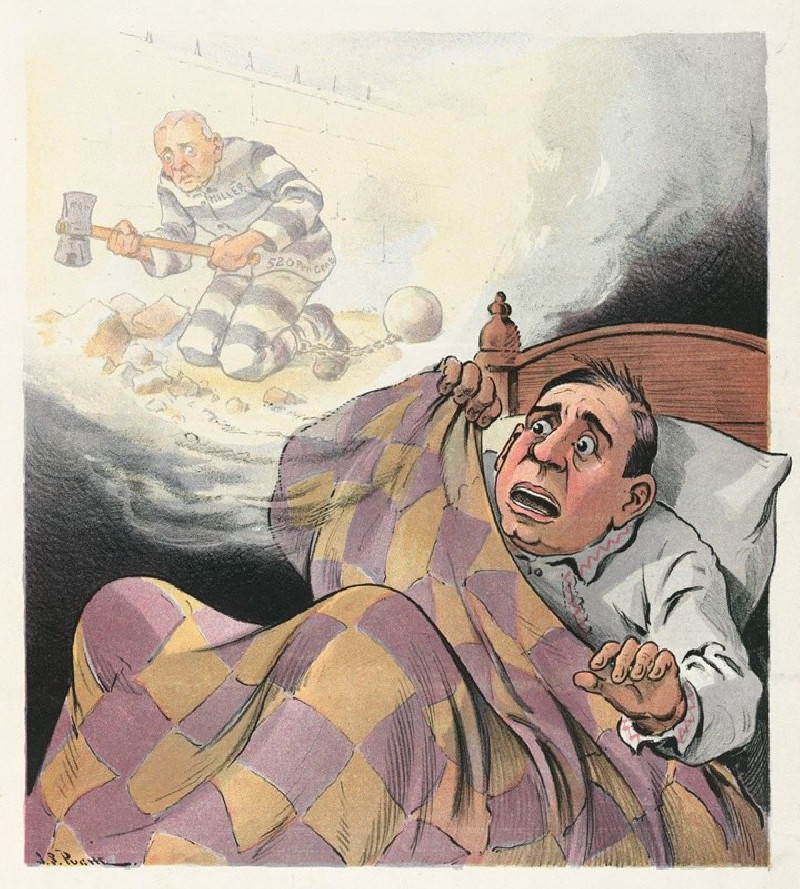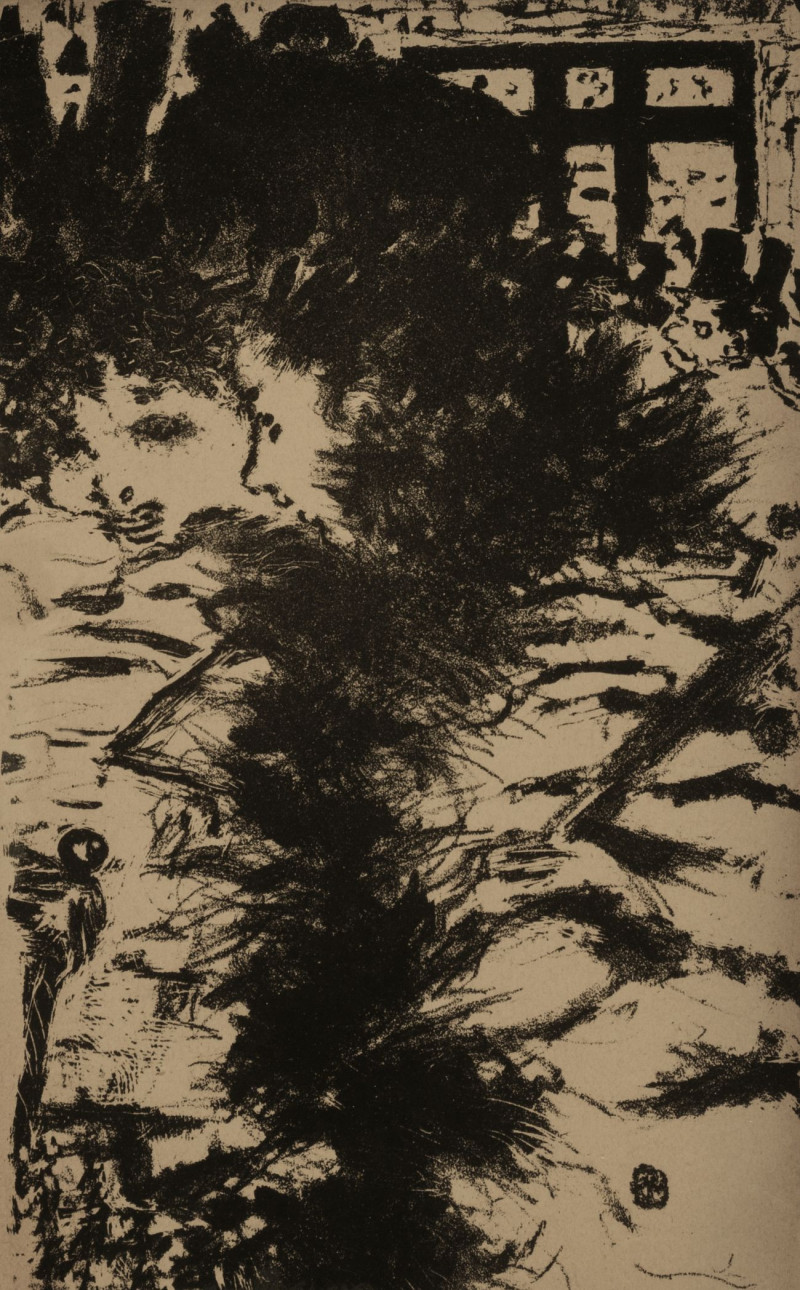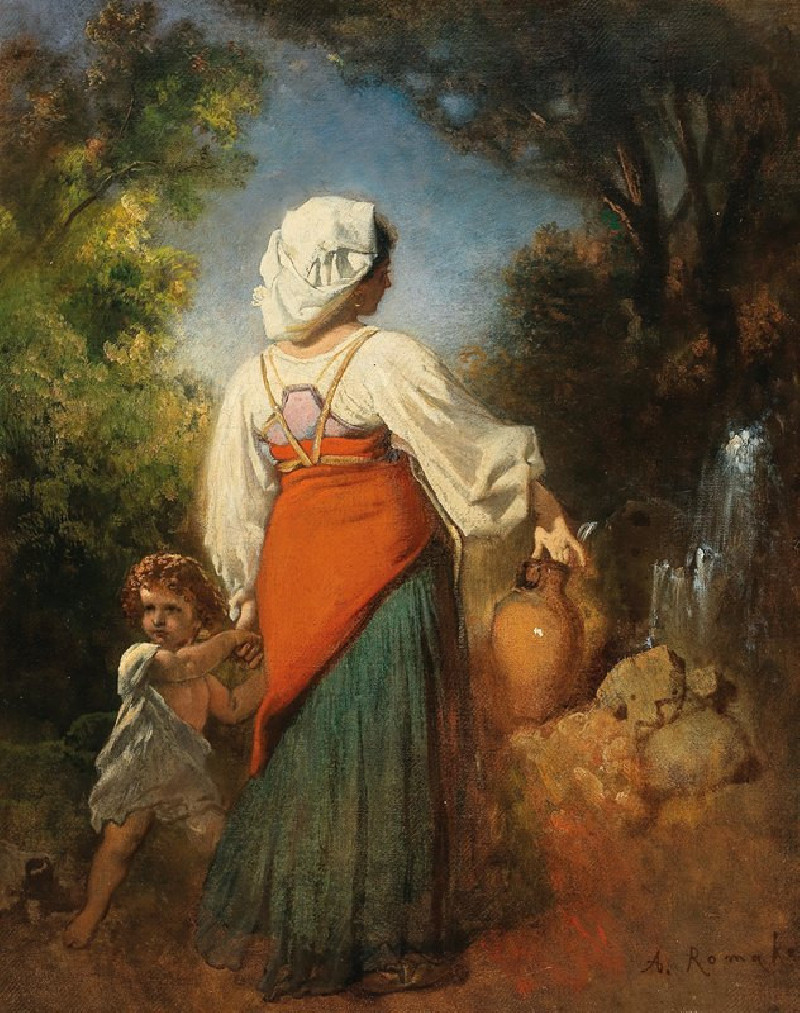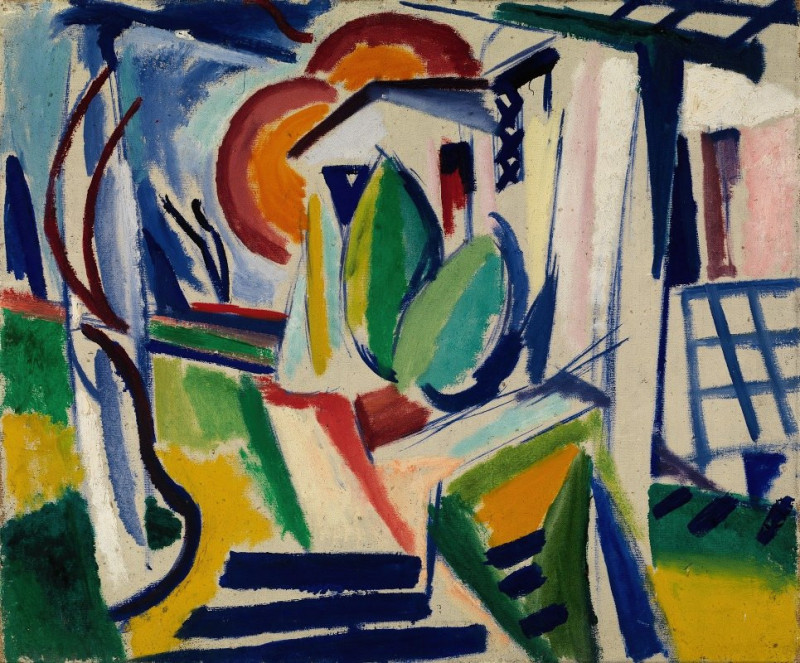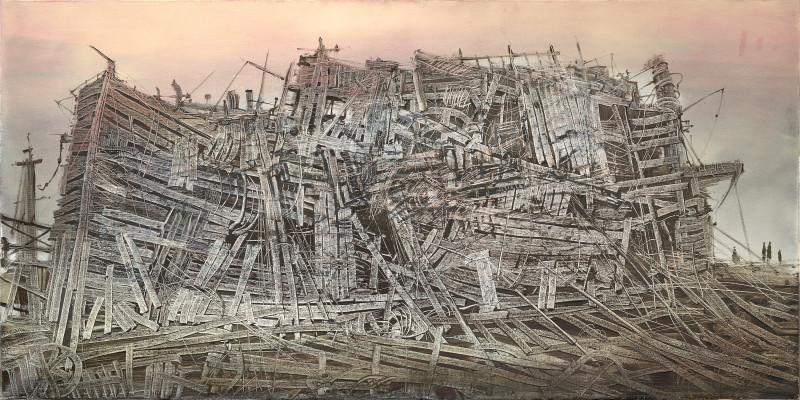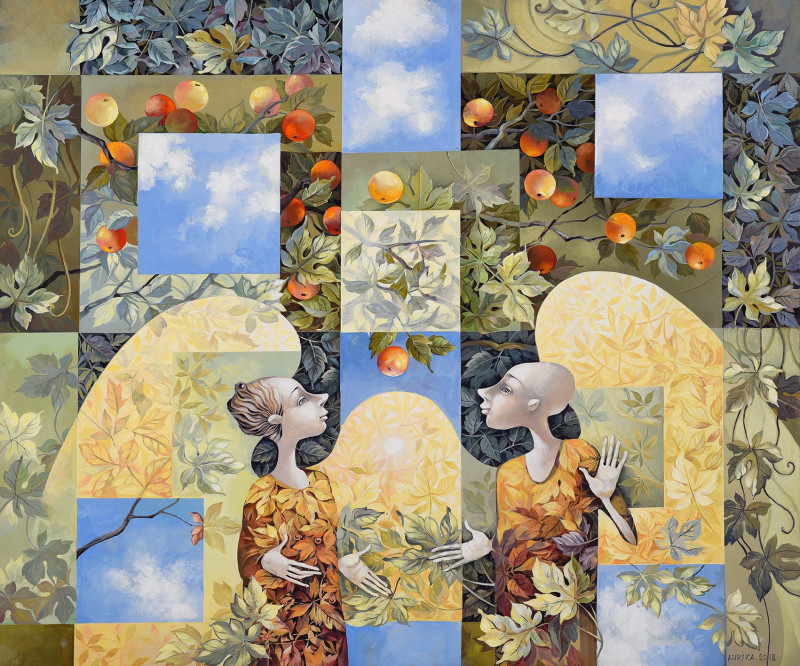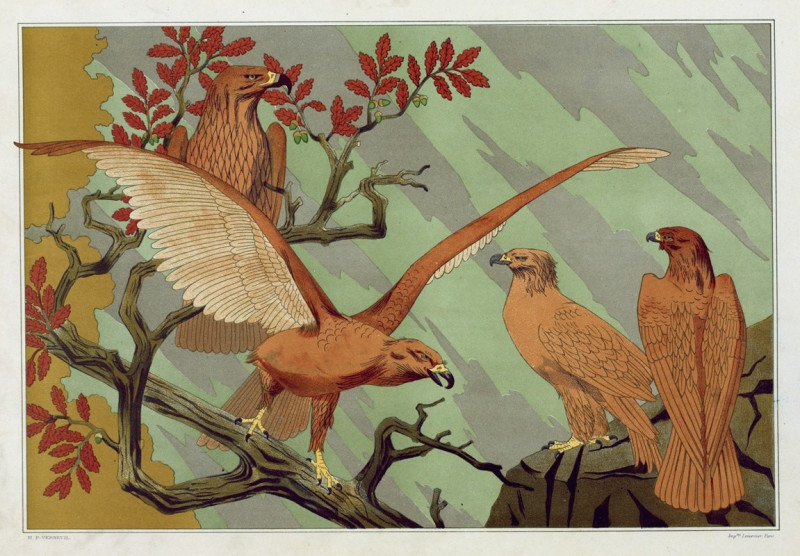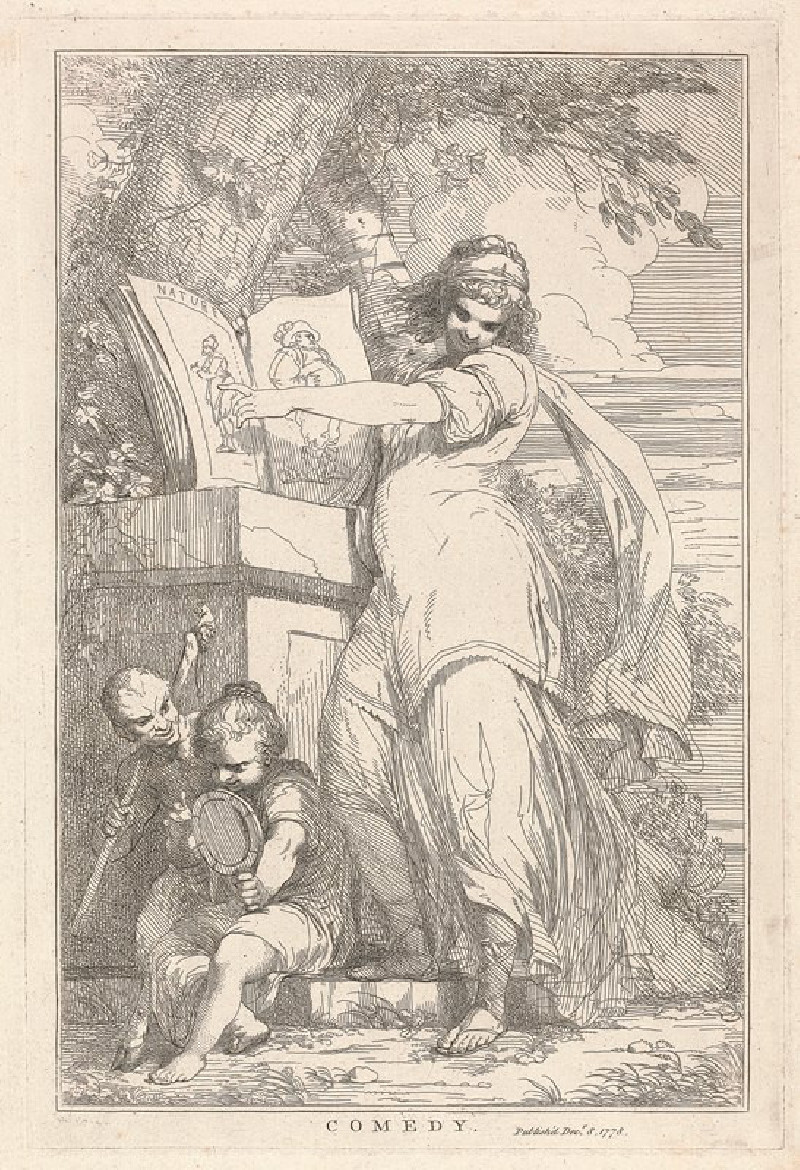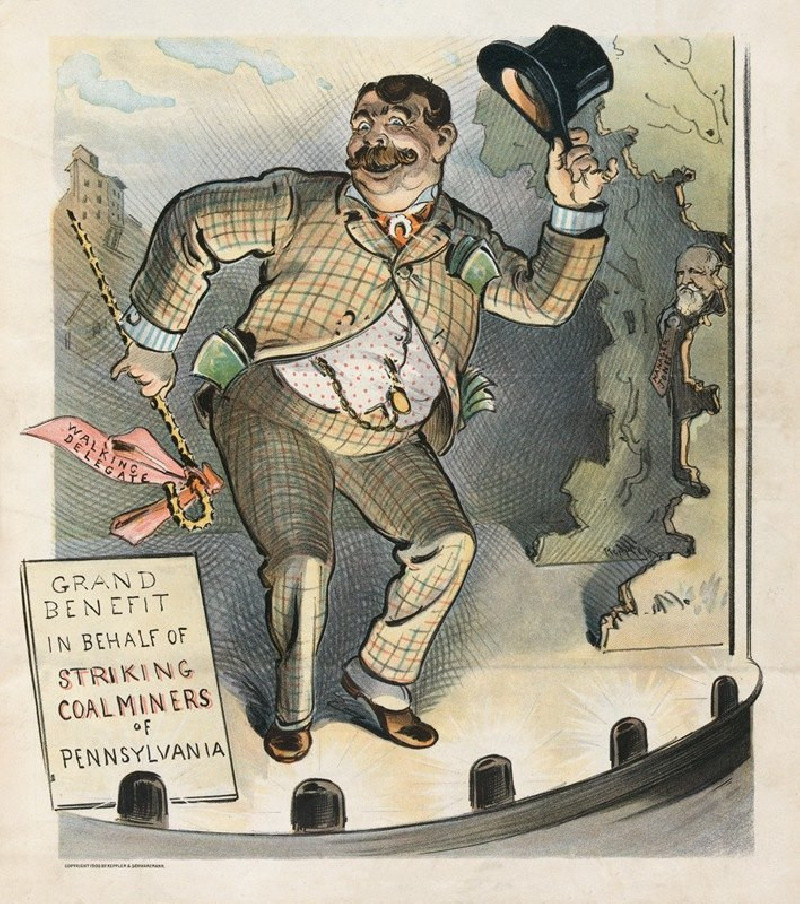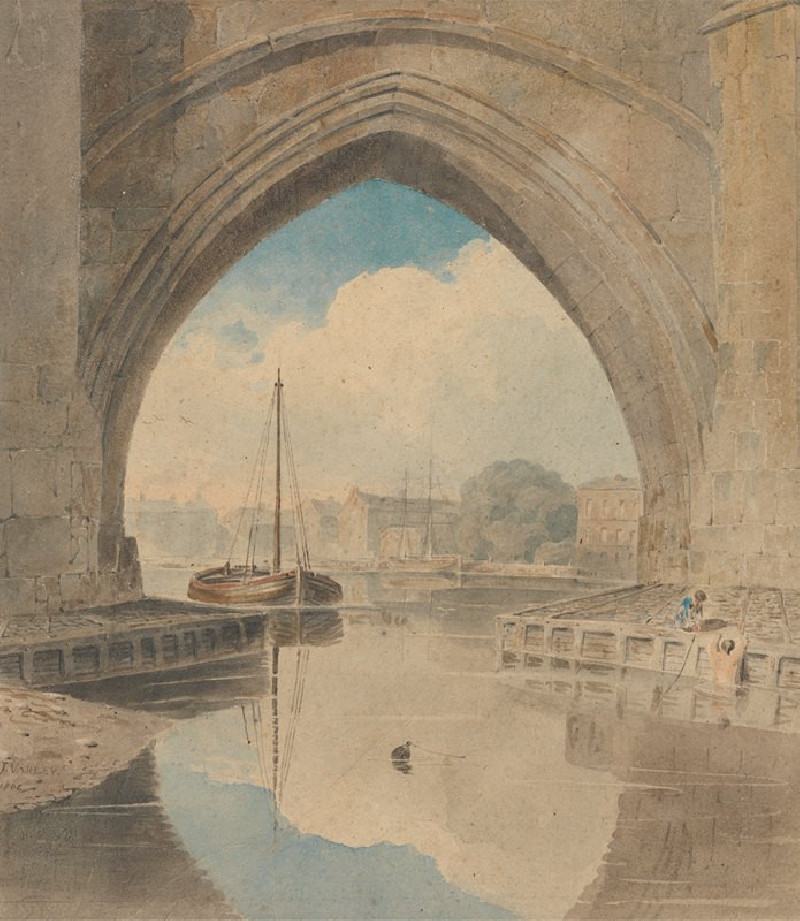In The Golden Glow Of Autumn (1884)
Technique: Giclée quality print
Recommended by our customers
More about this artwork
"In The Golden Glow Of Autumn," painted by the renowned artist John Atkinson Grimshaw in 1884, takes viewers on a serene, autumnal journey. This enchanting piece encapsulates a quintessentially Victorian atmosphere, marked by a tapestry of golden, amber, and ochre hues that characteristically adorn Grimshaw's landscapes.The painting depicts a tranquil scene of an aged, leaf-strewn path lined by a series of tall, slender trees in the throes of autumn. The trees, stripped of much of their foliage, create a delicate lattice of branches against the soft, glowing sky, reminiscent of the late afternoon light that warms the scene with a soft, ethereal quality. Beneath, the earthy tones of the fallen leaves carpet the ground, enhancing the feeling of a crisp, autumn day.On the left side of the composition, an old, moss-covered stone wall runs parallel to the path, suggesting the boundary of a grand, yet unseen estate. The presence of an ornate iron gate about halfway down the path adds an element of curiosity and invites speculation about what lies beyond.Contrasting with the stillness of the landscape, a solitary figure, perhaps a local villager, is seen walking away from the viewer. This figure adds a sense of scale and life to the scene, enhancing the painting's narrative by introducing a human element.Grimshaw's use of subdued lighting and meticulous detail not only highlights his mastery of depicting different times of day and seasons but also evokes a sense of nostalgia and tranquility.
Delivery
Returns
John Atkinson Grimshaw was an English Victorian-era artist best known for his nocturnal scenes of urban landscapes. Today, he is considered one of the great painters of the Victorian era, as well as one of the best and most accomplished nightscape and townscape artists of all time. He was called a "remarkable and imaginative painter" by the critic and historian Christopher Wood in Victorian Painting (1999).

